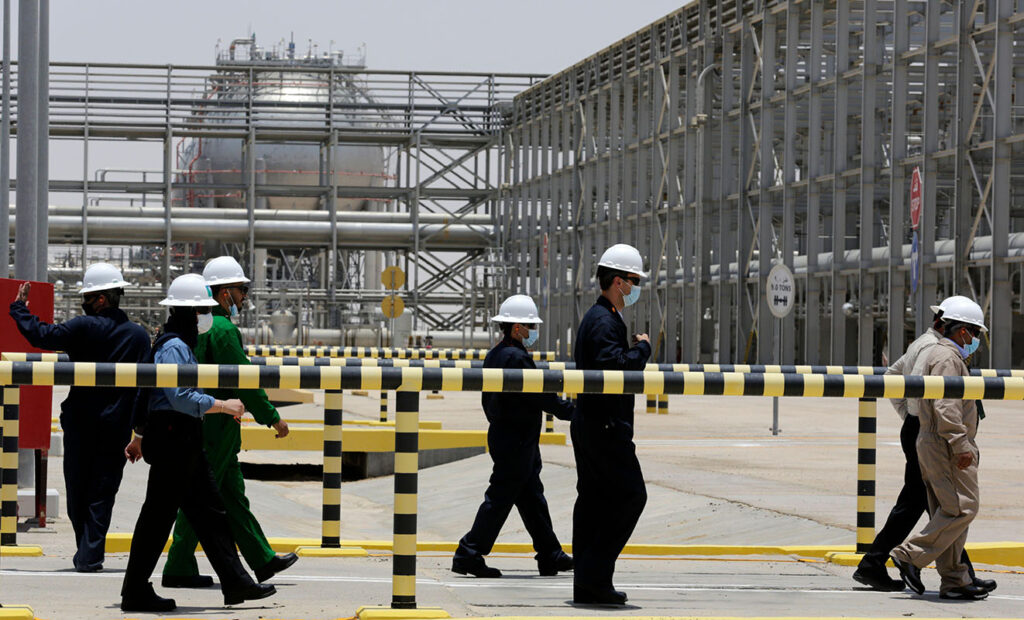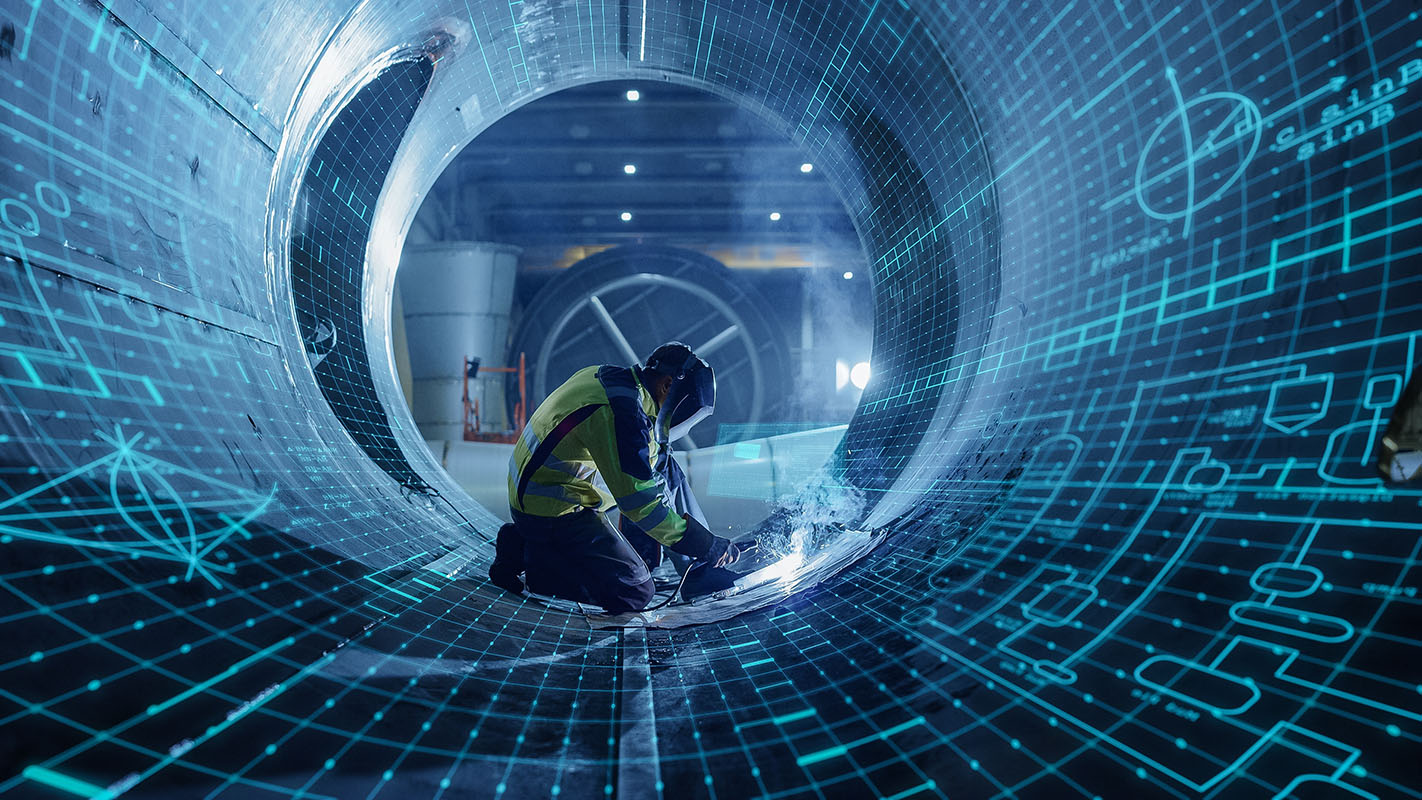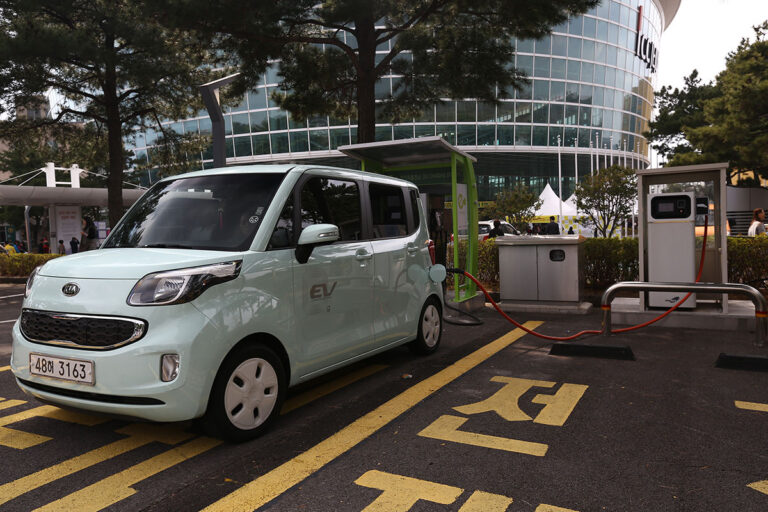In the global race to tackle climate change, renewable energy sources such as wind and solar power are key players in reducing carbon dioxide emissions to reach ‘net zero.’ However, carbon capture and storage (CCS) technologies could also help in decarbonizing power generation. By capturing CO2 from fossil-fuel power plants and storing it underground in geological formations, CCS can significantly reduce CO2 emissions and mitigate global warming.
CCS has had a much more limited deployment than renewables, in part because of the energy-intensive and expensive carbon capture process. “Everything hinges around the economics,” says Shahid Hasan, an energy specialist working at the King Abdullah Petroleum Studies and Research Center. “As CCS is currently expensive, most countries that have a fossil fuel-based power fleet would be careful to drive such technology.”
Hasan and his KAPSARC colleagues Amro M. Elshurafa and Muhammad Adnan Hayat have now carried out an analysis that estimates the costs of deploying CCS in conjunction with natural gas combined cycle (NGCC) power plants. These power plants are widely used to generate electricity around the world, and have much lower carbon emissions than coal or oil plants. That makes natural gas a promising way to transition to net zero.
“By switching from high-emission coal or liquid fuel to natural gas, we can reduce around 30% of the emissions,” says Hayat. “But in order to make gas-fired power close to net zero, we need to deploy CCS.”
Another advantage of natural gas is its flexibility—it is relatively easy to fire up a NGCC power plant when renewables aren’t providing enough electricity. Nuclear power, on the other hand, is an excellent candidate to provide base load, but it is not as flexible in bering turned on or off. Both technologies, i.e., NGCC with CCS and nuclear provide a low emission route. Hence, the researchers have also compared the economics of nuclear generation with CCS-enabled NGCC plants.
Our findings are a starting point to show that there could be a convincing case for integrating carbon capture with gas power plants.
Shahid Hasan
Additionally, for countries that do not have enough land to roll out sufficient renewables, integrating CCS with gas power plants could offer a viable way to decarbonize their electrical grids as they transition away from gas or coal power.
The KAPSARC team hopes its report will offer valuable guidance for policymakers who are planning net zero strategies. “We have worked out the economics of integrating carbon capture in different markets with different gas prices,” Hasan says. “The very clear takeaway that emerges from our findings is that wherever the gas prices are $4 [per metric million British thermal units (MMBtu)] or below, the cheapest option would be to go for carbon capture. But, in other places where gas prices are high, nuclear could be a more cost-effective option.”
High potential
Carbon capture systems typically use amine solvents to capture CO2 in the flue gases of power plants. The captured CO2 is then released through a heating process and compressed to be transported to a suitable storage site. This process consumes energy from the power plant, resulting in reducing the overall efficiency of the plant.
So far, only a handful of power plants have implemented carbon capture technology on a commercial scale. Most of the captured CO2 has been exploited for enhanced oil recovery (EOR), mostly in the United States. In the Middle Eastern region, Saudi Arabia’s Hawiyah Natural Gas Liquids (NGL) Recovery Plant is a notable example from where the captured CO2 is transported through an 85-kilometer pipeline for EOR in the Uthmaniyah field.
While previous studies have assessed the costs of particular segments of the CCS process, the KAPSARC study looked at the entire value chain, including capture, transport, and storage, under various scenarios. For example, the researchers studied the cost effectiveness of retrofitting carbon capture to existing NGCC plants, and compared it with building entirely new ‘greenfield’ plants with integrated capture systems.
For a retrofitted plant, they found that the cost of capturing CO2 ranges from $86 to $132 per tonne. And while greenfield plants with integrated carbon capture tend to be more energy efficient, and slightly less expensive, retrofitting can be cost-effective depending on a range of factors such as size, age, operational hours of the plant, and natural gas prices. For example, retrofitting can be cost effective, provided the remaining useful life of the power plant is roughly 15 years or more.
This could be an important finding for regions that already rely heavily on NGCC plants. The Middle East, for example, generates 72% of its electricity in this way, while North America derives 38% of its electricity from gas power.

Beyond the capturing costs
The team then looked at the downstream costs of transporting and storing CO2, and calculated an average cost of about $24 per tonne of CO2. Transporting the gas through pipelines over longer distances makes the strategy more expensive, but overall these downstream costs are substantially lower than those of the capture step.
One of the most significant cost factors is the price of gas in different markets around the world. While gas can cost more than $10 per MMBtu in Europe, it is typically less than $3 per MMBtu in North America and the Middle East. “In the Middle East, the prices are quite reasonable,” Hasan says. “Given this potential, carbon capture could make sense for decarbonization.”
For comparison, nuclear energy comes with very high investment costs. Based on cost estimate from Japan, the US, and France, the researchers concluded that nuclear power would only offer a more cost-effective approach for reducing carbon emissions if natural gas prices exceed $4 per MMBtu.
Nuclear power also comes with additional complications. Nuclear plants have high upfront costs and take many years to build, for example. It also requires extensive governance, regulatory, and reporting frameworks to manage the operation of the reactors and the long-term management of radioactive waste.
However, nuclear power also has some key advantages, argues Elshurafa. It is a reliable source of baseload power that provides energy security. Moreover, developing a nuclear industry can also bring economic benefits, creating high-paying and high-quality jobs in sectors such as engineering, law, regulation, and financing. Overall, these benefits may outweigh the challenges associated with deploying nuclear power, the researchers say.
Looking to the future
Despite the promise of carbon capture, retrofitting such systems to NGCC power plants can increase electricity costs by 70% to 100% in countries with low gas prices, which poses a significant barrier to adopting CCS. Carbon pricing—effectively a tax levied on CO2 emissions—could help to stimulate CCS adoption, because it would incentivise power generators to avoid those emissions. The KAPSARC team calculates that a carbon price of $110 to $160 per tonne of CO2 would be required to make up for the cost of using CCS in conjunction with NGCC plants.
Meanwhile, there are many opportunities to reduce the costs of CCS. For example, researchers are developing new solvents and porous adsorbents to improve the efficiency of the process. Captured CO2 can also be used to make other products, such as fuels and chemical feedstocks, instead of simply sequestering it underground. “It’s about how to create economic value for that CO2,” says Hasan. The team now plans to study the economics of that approach, known as carbon capture and utilization (CCU).
For now, the KAPSARC researchers expect that their research will stimulate deeper discussions about how CCS could help to tackle the climate crisis. “Our findings are a starting point to show that there could be a convincing case for integrating carbon capture with gas power plants,” says Hasan.
Reference
Hayat, M.A.; Hasan, S. and Elshurafa, A.M. Strategic priorities and cost considerations for decarbonizing electricity generation using CCS and nuclear energy. KAPSARC Discussion Paper, August 2024. Article




